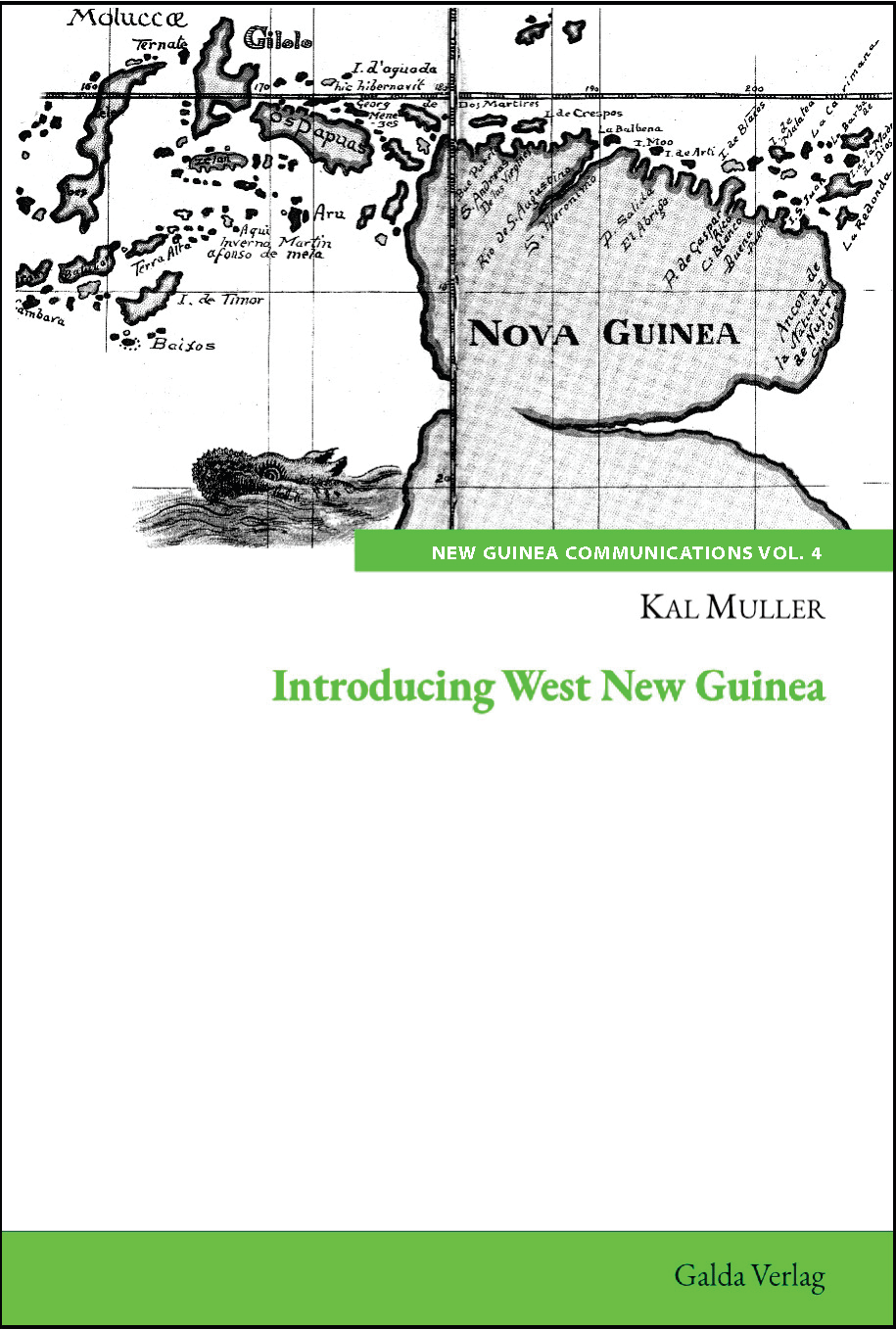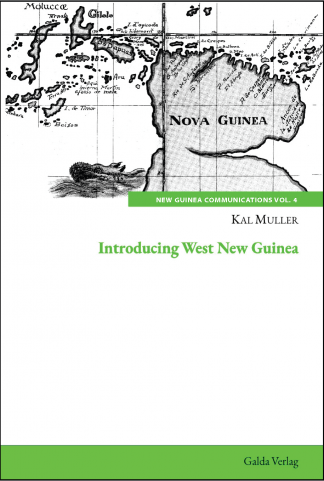Description
West-Neuguinea, der indonesische Nachbar von Papua-Neuguinea, ist sowohl der Wissenschaft als auch der Wissenschaft und der ganzen Welt wenig bekannt, da die indonesische Regierung eifersüchtig die Vergabe von Genehmigungen an Forscher und ausländische Journalisten bewacht.
Entdecker und Anthropologen schrieben ausführlich über Niederländisch-Neuguinea. Aus diesen Büchern und Manuskripten und neu veröffentlichten Materialien, die von Dr. Kal Muller gesammelt wurden, haben wir jetzt ein prägnantes Dokument für jeden, der West-Neuguinea studiert. Als notwendige Einführung gibt es einen umfassenden Überblick – die Entstehung der Insel, ihre Flora und Fauna, Völker und Kulturen, den frühen Handel und ihre Geschichte bis zum Ende des Zweiten Weltkriegs.
Über den Autor
Dr. Kal Muller arbeitete und lebte 22 Jahre lang mit zwei papuanischen Gruppen zusammen, was ihm Zugang zu hervorragenden Beziehungen nicht nur zu den Menschen, sondern auch zu prominenten Akademikern und Wissenschaftlern und ihren Ressourcen ermöglichte.
Über die Serie
Ziel ist es, einen Kanal für die Veröffentlichung von Studien über die Insel Neuguinea mit ihren beiden etablierten politischen Abteilungen zu schaffen, aber auch andere damit verbundene Inselmuster einzubeziehen.
Es wird Beiträge von neuen Wissensarbeitern – mit ihren Dissertationen – und von etablierten Wissenschaftlern ermöglichen. Da es zahlreiche Wissenschaftler gibt, die eine bessere Abdeckung der Gebiete wünschen, in denen sie erforscht haben – als Hommage an die Menschen, mit denen sie zusammengearbeitet haben – sowie lokale Gelehrte, die die Bedeutung ihrer einzigartigen Gebiete verstehen. Es wird davon zufolge die Ansätze, die im visuellen anthropologischen Teil der Serie als Gebietsstudien getestet werden, eine breitere Aufmerksamkeit auf die bemerkenswerte Natur der Insel lenken werden.
Die ersten Bände werden sich mit Kommunikationsformen: Oral History und Folklore sowie der Entstehung einer lokalen Literatur auseinandersetzen. Während die Vertretung aller Disziplinen willkommen ist, wären auch vergleichende und ganze Inselstudien von großem Interesse. Hierfür können kollaborative Werke oder Sammelbände benötigt werden.
Es wird wissenschaftliche Veröffentlichungen einer vorläufigeren Art ermöglichen – anstatt erschöpfender Monographien, die immer unmöglicher zu produzieren sind.
Wo ist das Wissen, das wir verloren haben?


